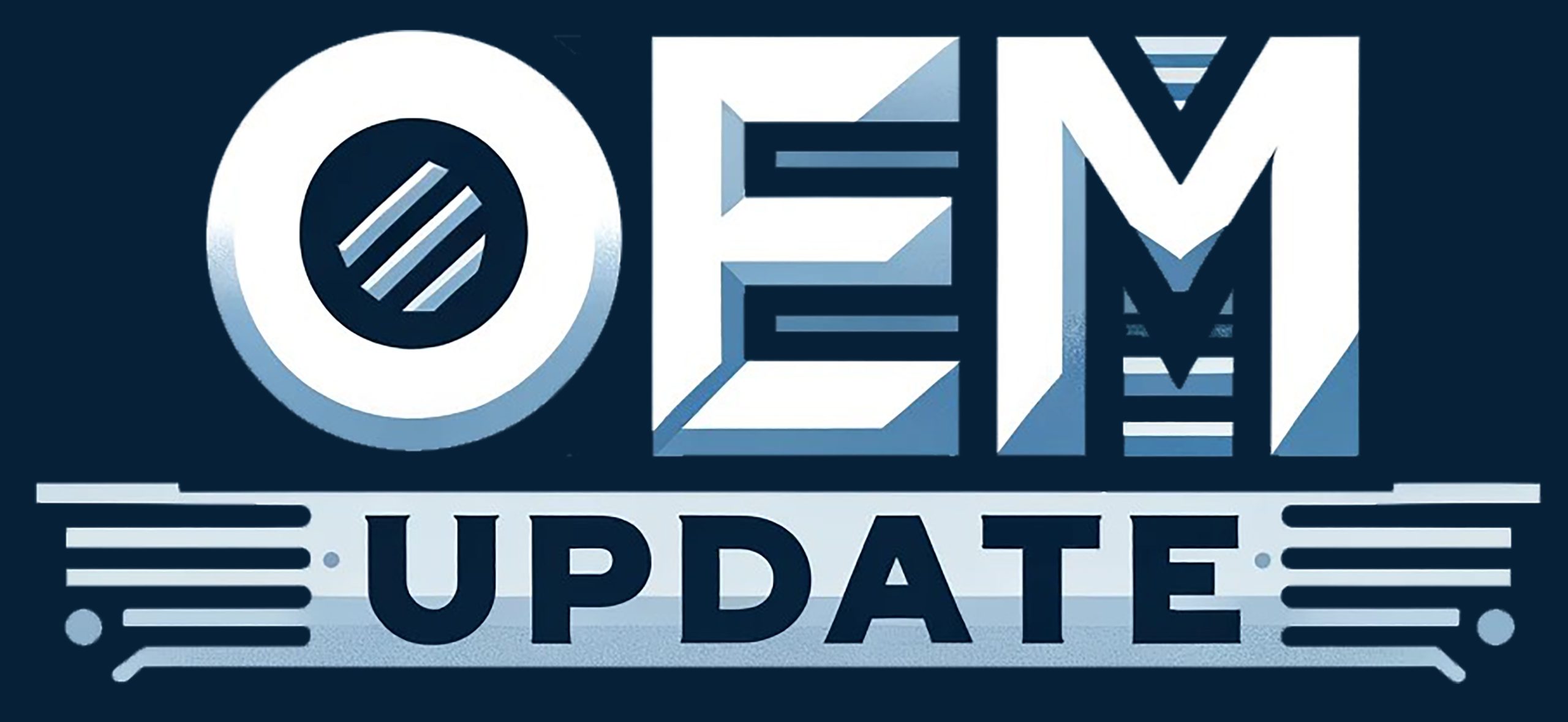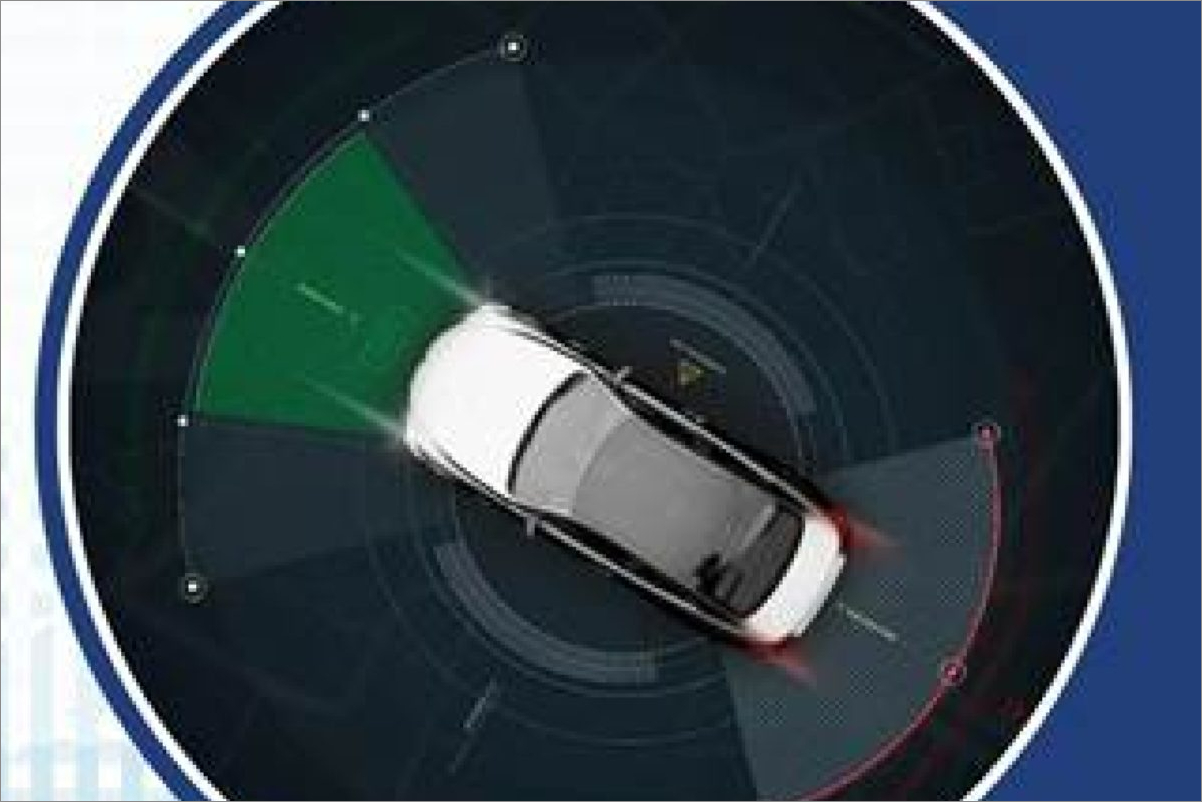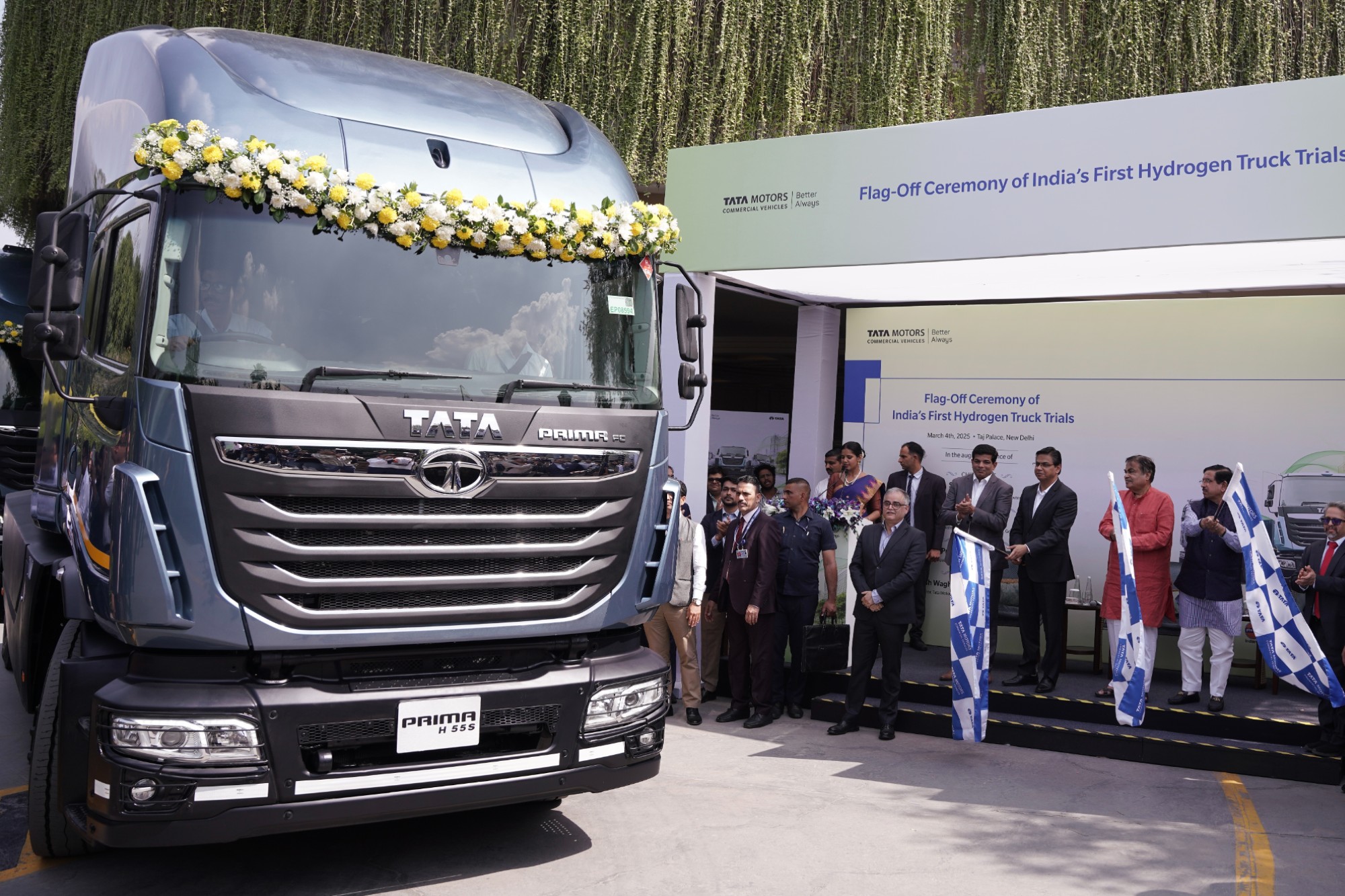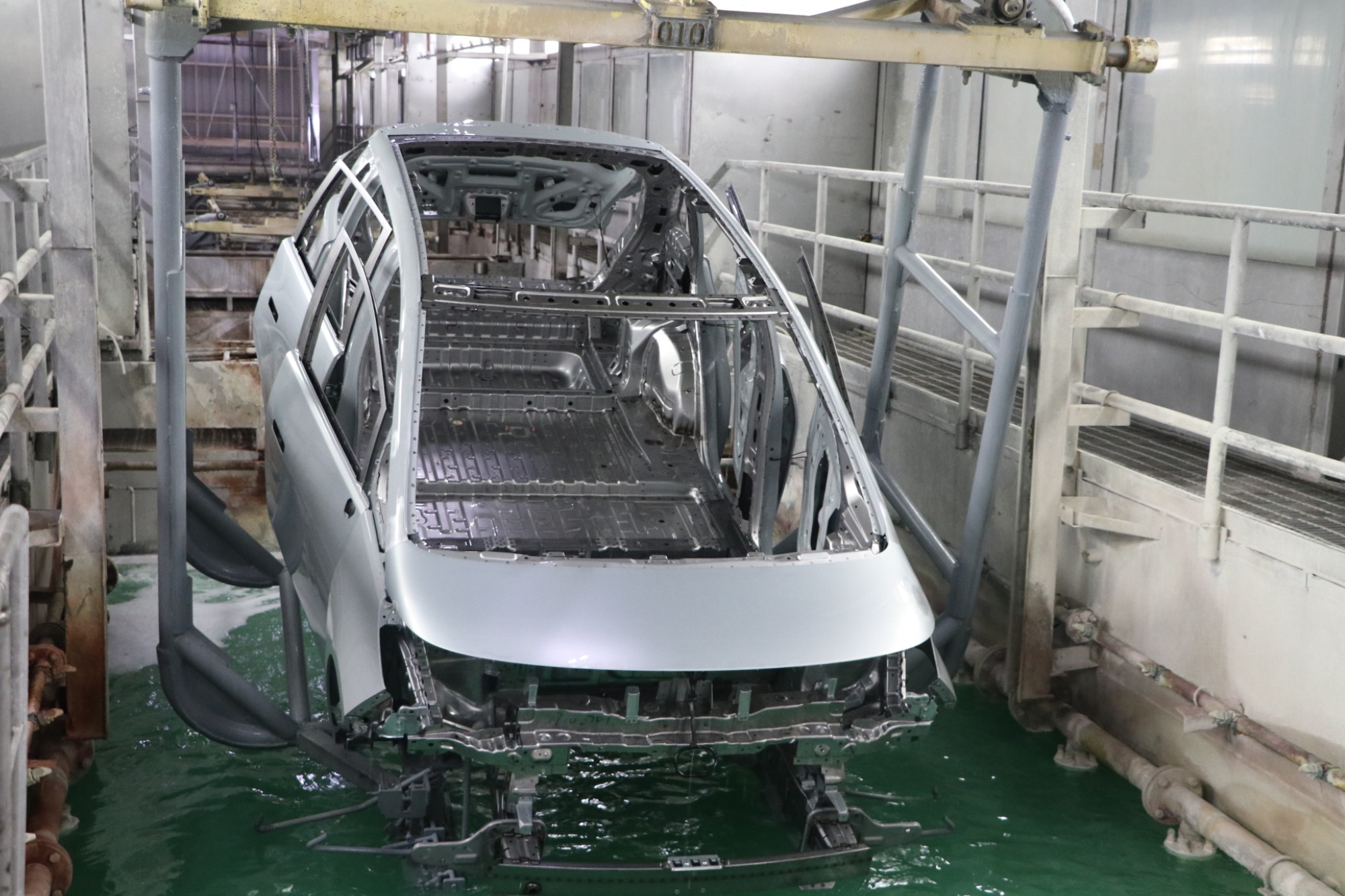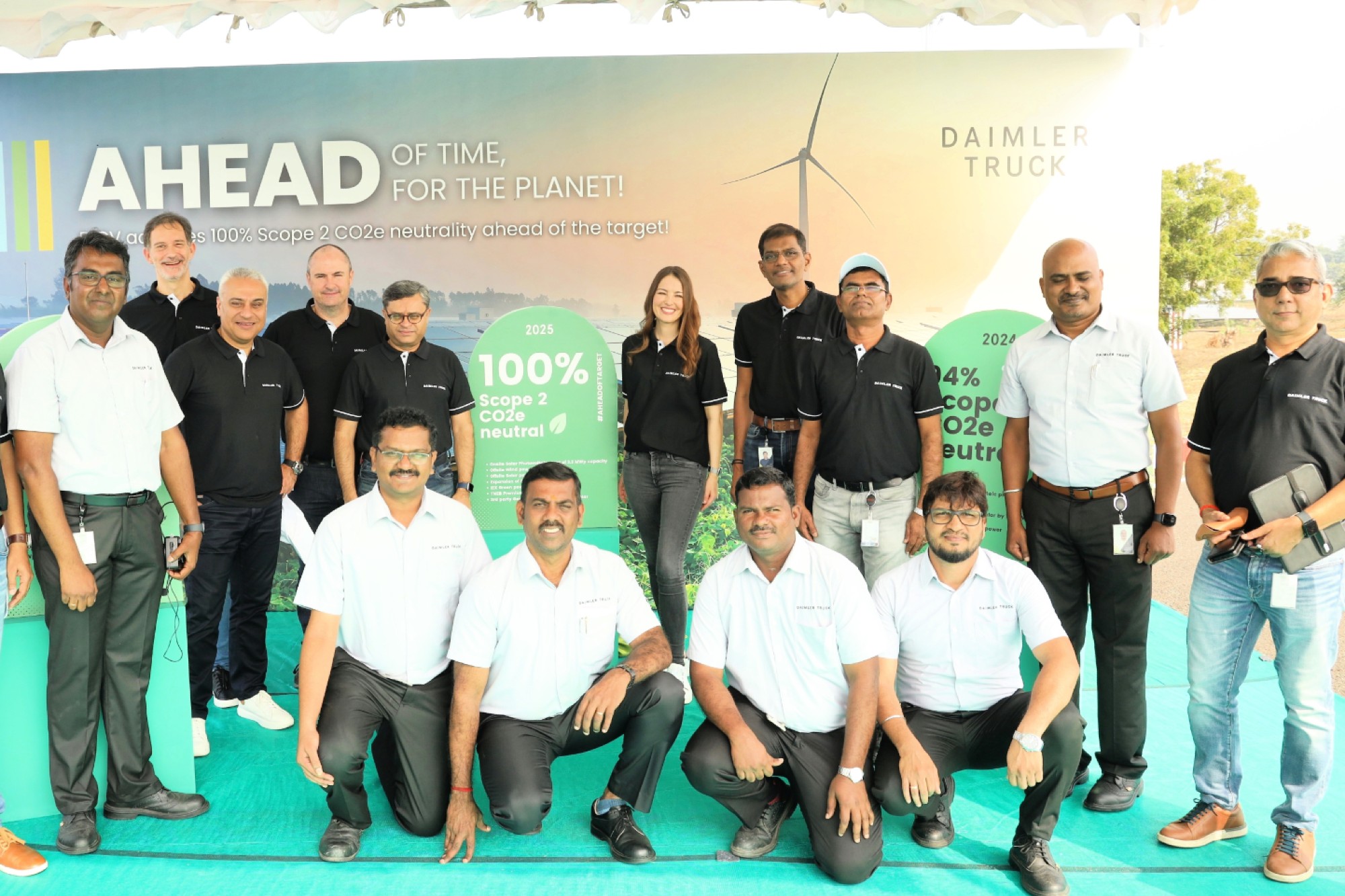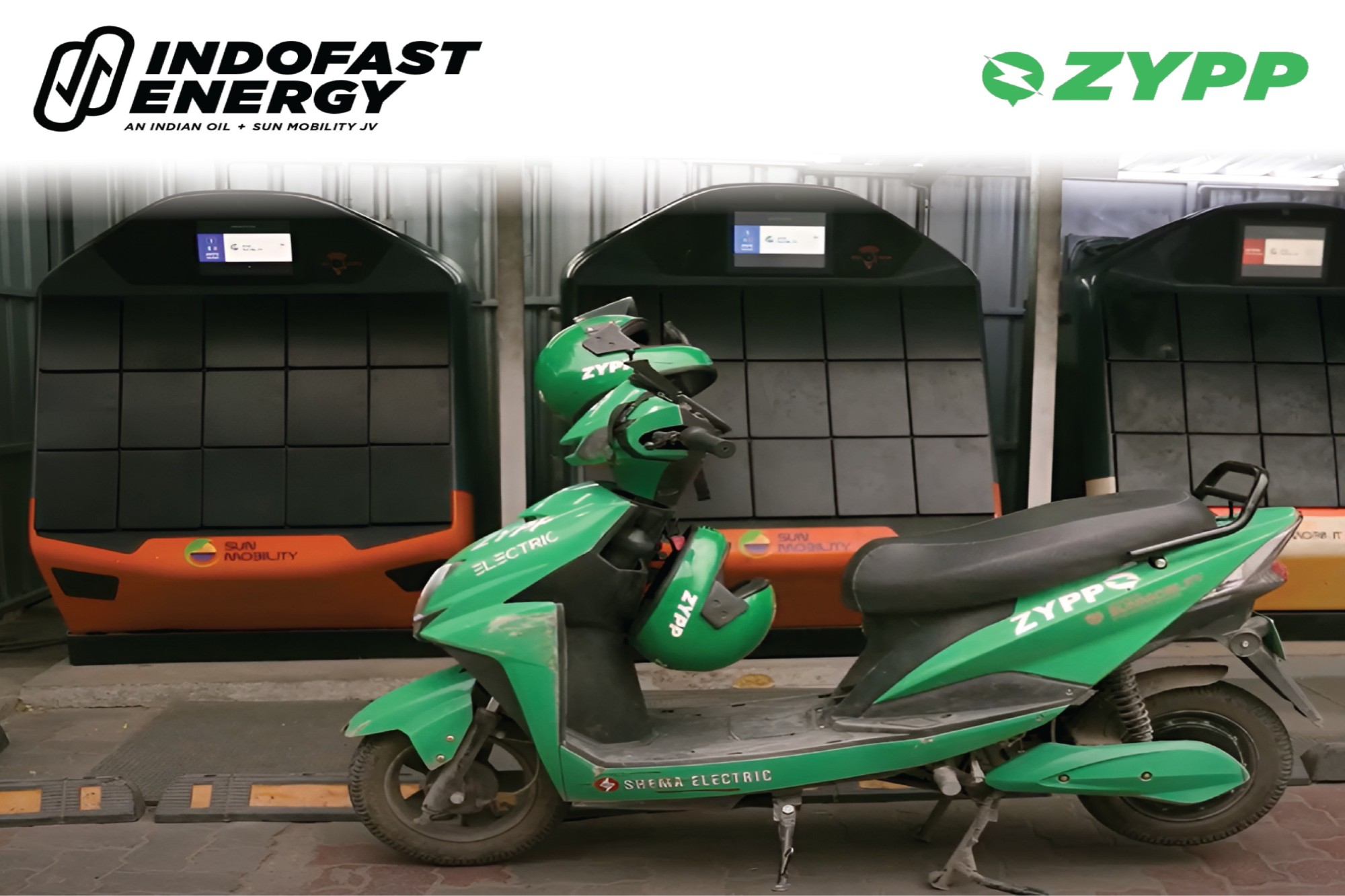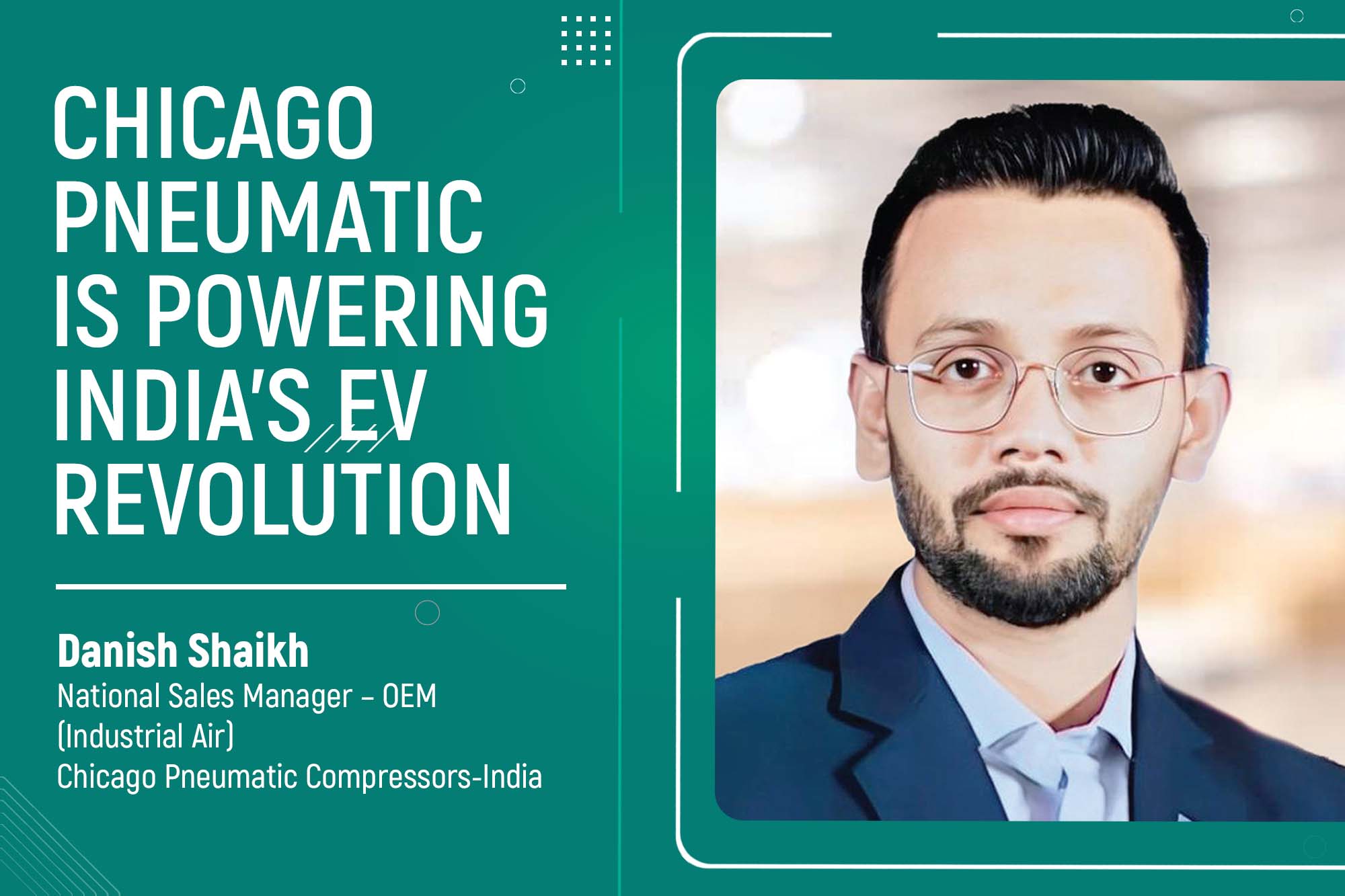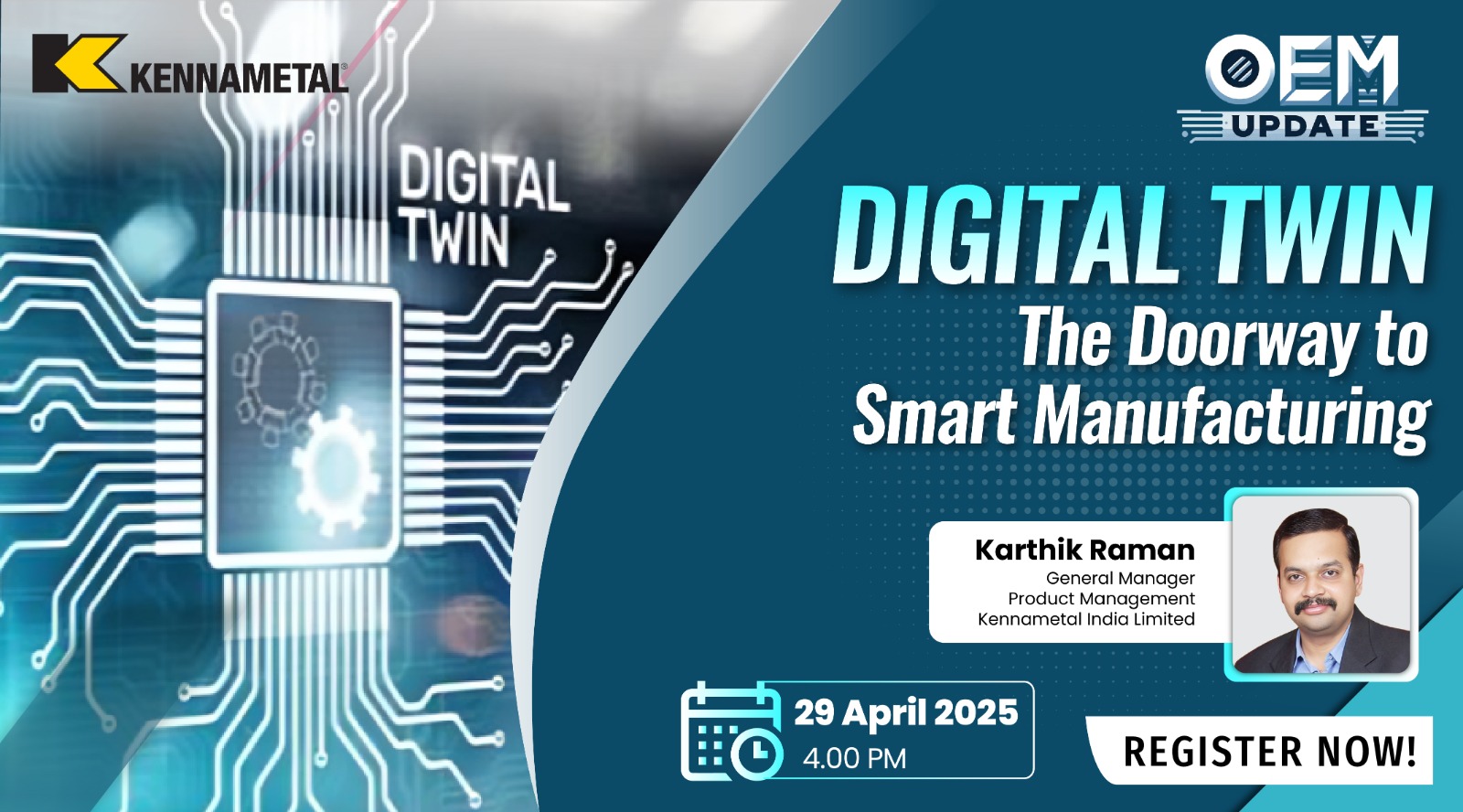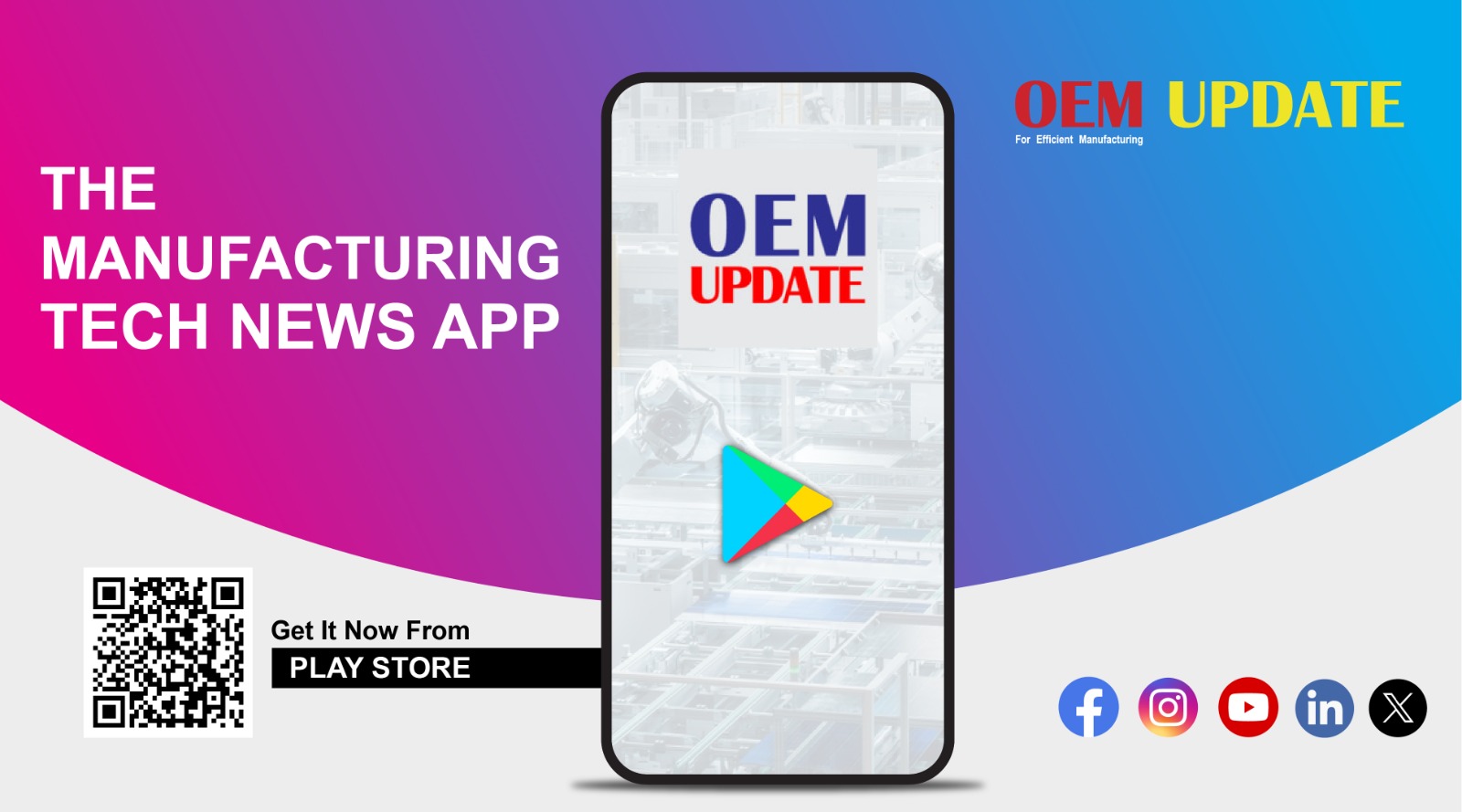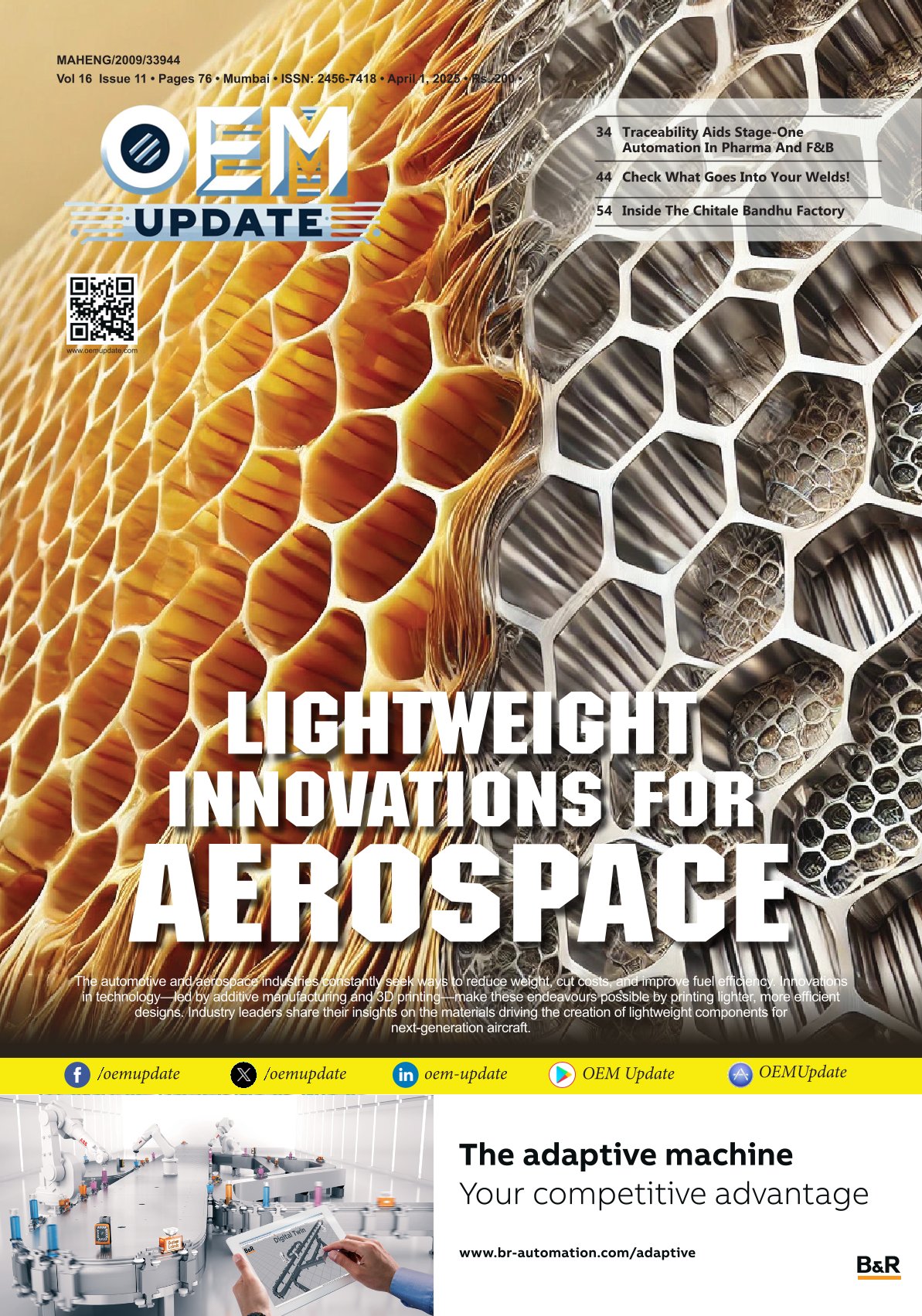Lighter vehicles demand enhanced safety testing
By Staff Report March 28, 2025 3:13 pm IST
Consumer demands and environmental regulations have brought many changes to the automotive sector. Now, with EVs, the next step is to lightweight our vehicles. S Sunil Kumar from Henkel Adhesives Technologies India shares the technological innovations in this line and India’s stance in the automotive market.
The electric vehicle (EV) market is expected to grow exponentially, with the government targeting 30% EV penetration by 2030 and cumulative investments in EV manufacturing and infrastructure projected to exceed $20 billion. Advancements in battery technology, such as solid-state batteries promising higher energy density and faster charging, are anticipated to drive adoption.
Connected vehicle technologies, leveraging IoT and AI, will improve driver experiences, and India’s telematics market will grow at a CAGR of 25% through 2028. Semi-autonomous driving capabilities, supported by ADAS, are likely to gain traction, addressing safety concerns as India strives to reduce road accidents by 50% under its Vision Zero plan.
Additionally, green mobility innovations, including hydrogen fuel cells and biofuels, are set to complement traditional ICE improvements in fuel efficiency and emissions reduction. A more tech-savvy consumer base is leading the digitalisation of customer engagement in online vehicles, growing sales by 10-15%. Collectively, these shifts signal a dynamic evolution, positioning India as a global leader in sustainable and intelligent mobility solutions. Advanced materials, such as lightweight composites and adhesives, are crucial in efficiency and performance.
Predictive maintenance in vehicles
Predictive maintenance uses AI, IoT sensors, and big data analytics to monitor vehicle performance in real-time, identifying potential issues before they cause breakdowns. For instance, AI-powered algorithms analyse data from connected sensors to predict wear and tear on critical components like engines and brakes, reducing downtime and maintenance costs.
Connectivity has improved with the integration of Vehicle-to-Everything (V2X) communication systems. These systems enable interaction of vehicles, infrastructure, and cloud networks, improving traffic management, safety, and energy efficiency. Advancements in vehicle intelligence are driven by AI and machine learning, enabling features such as autonomous driving, advanced driver assistance systems (ADAS), and personalised in-car experiences. These technologies allow vehicles to adapt to user preferences, enhance situational awareness, and improve decision-making, boosting safety and convenience.
Lightweight vehicle design and sustainability
High-crash-resistant structural adhesives have emerged as enablers of lightweight vehicle design, ensuring compliance with crash safety standards and battery protection requirements. These adhesives have high fracture toughness, so they can resist cracks, carry heavier loads, and effectively dissipate impact energy. They also enhance structural stiffness and improve the durability of bonded components, making them indispensable in modern vehicle construction.
As vehicles become lighter, the centre of gravity changes, necessitating rigorous safety testing, including roof crush, side impact, and pole crash evaluations. Epoxy-based structural foams are innovative solutions to reduce body-in-white (BIW) mass while improving stiffness and structural integrity. Custom-designed inserts, combining glass fibre-reinforced carriers with structural foam, are increasingly used to reinforce BIW cavities. These inserts meet OEM requirements for crash performance and stiffness and enable downgauging or even the removal of traditional metal reinforcements, further advancing lightweight design.
Lightweight materials like advanced composites and aluminium alloys decrease vehicle weight and improve fuel efficiency. Additionally, lean manufacturing practices reduce waste and conserve resources, leading to more efficient production processes. A key focus is minimising water usage, with some manufacturers achieving zero wastewater discharge through advanced treatment technologies.Another trend is the adoption of circular economy principles, where end-of-life vehicles are dismantled, and materials are reused in new vehicles, helping to close the loop on waste. These efforts contribute to a more sustainable and resource-efficient automotive ecosystem.
Global automotive industry transformation and India’s role
India is becoming an automotive manufacturing and R&D hub, spurred by initiatives like the Production Linked Incentive (PLI) scheme, which has attracted domestic and international investments. The country’s increasing focus on electric vehicles (EVs) has made it a player in the global automotive market. With increasing government incentives and reducing carbon emissions, India is accelerating its transition to electric vehicles (EVs).
The local automotive market is embracing innovations in lightweight, battery technologies, and efficient power trains to meet the growing demand for environmentally friendly solutions. Leading Indian automotive manufacturers prioritise energy-efficient production processes and use advanced materials to reduce vehicle weight and enhance performance. The shift towards EVs brings challenges related to battery efficiency, thermal management, and safety areas where advanced adhesive technologies play an essential role. As India continues to expand its automotive manufacturing capabilities, the focus will remain on driving sustainability, improving vehicle efficiency, and addressing the increasing demand for electric and hybrid vehicles.
The automotive industry is at a juncture, grappling with challenges such as battery technology limitations, cost-effective manufacturing, and the drive to achieve net-zero emissions. As EVs gain prominence, advancements in battery efficiency, energy density, and charging speed will be required. EV batteries remain one of the automotive industry’s most significant challenges and opportunities, driving innovation across design, materials, and manufacturing processes. Automakers use lighter materials like aluminium in battery cases to reduce weight, supported by advanced structural adhesives that seal and protect the battery.
These adhesives can reduce a vehicle’s weight by up to 55 pounds (~25 kg). Effective heat management is critical, and advanced thermal gap fillers improve battery cooling and overheating, enhancing performance and safety. For crash protection, adhesives bond battery cells and secure them within the case, increasing impact resistance.
As EV batteries account for 30% of vehicle manufacturing costs, automakers optimise production processes to reduce costs and improve affordability. Cross-industry collaborations, particularly with electronics expertise, accelerate battery safety, efficiency, and cost advancements, making EVs more accessible to consumers. In addition, manufacturing processes must evolve to reduce costs while maintaining high-quality standards.
Sustainable materials and eco-friendly production practices will become increasingly important in addressing the environmental impact of vehicle manufacturing. Furthermore, the industry’s transition to a circular economy, where materials are recycled and reused, will shape its long-term sustainability. Collaborative efforts between automakers, suppliers, and technology innovators are essential to overcome these hurdles and drive vehicle design, performance, and environmental impact breakthroughs. These advances will define the trajectory of the automotive industry in 2025 and beyond.
Cookie Consent
We use cookies to personalize your experience. By continuing to visit this website you agree to our Terms & Conditions, Privacy Policy and Cookie Policy.
